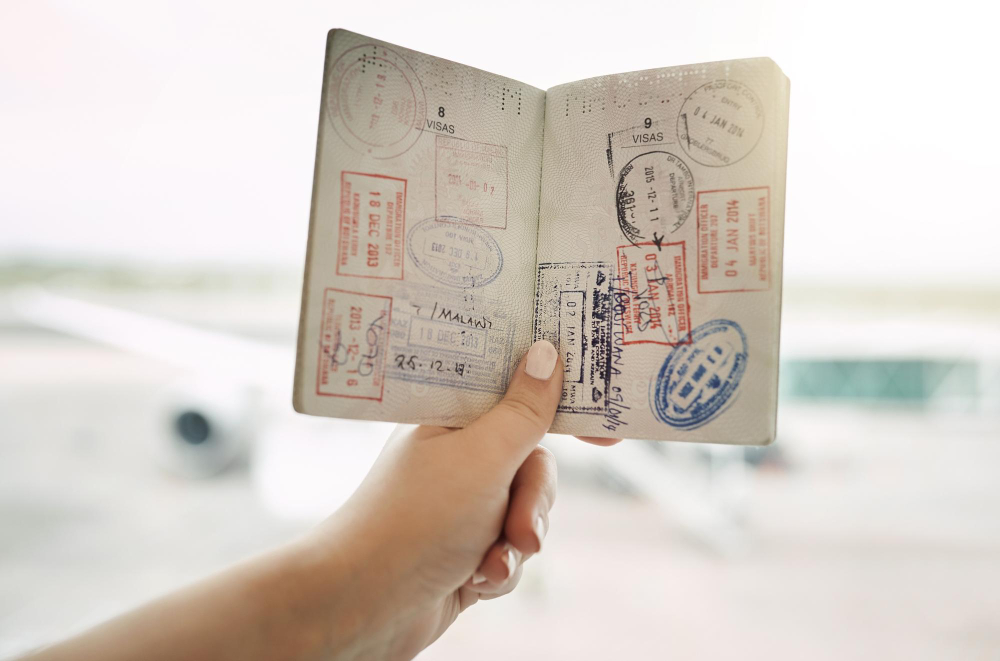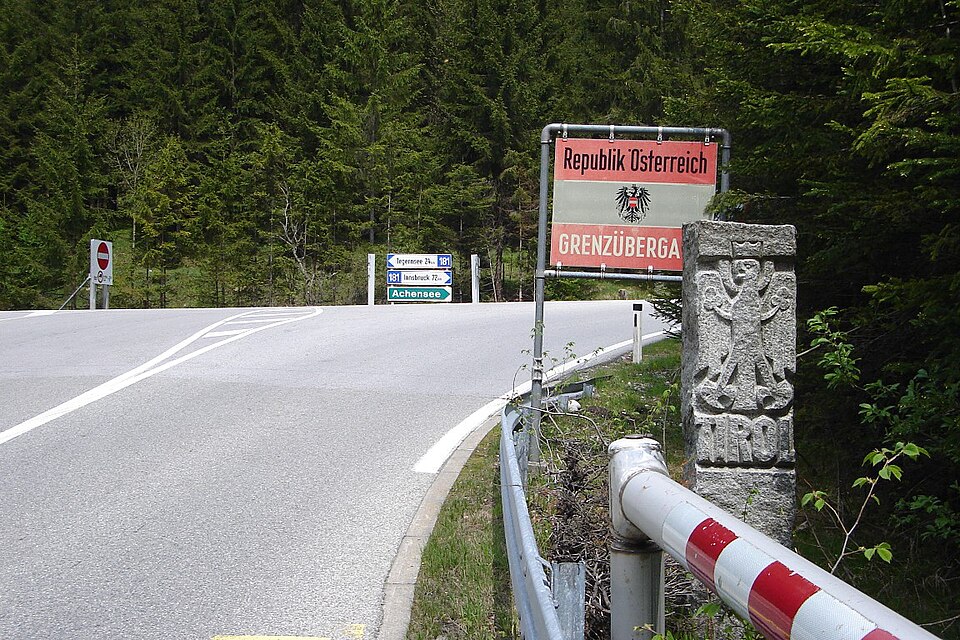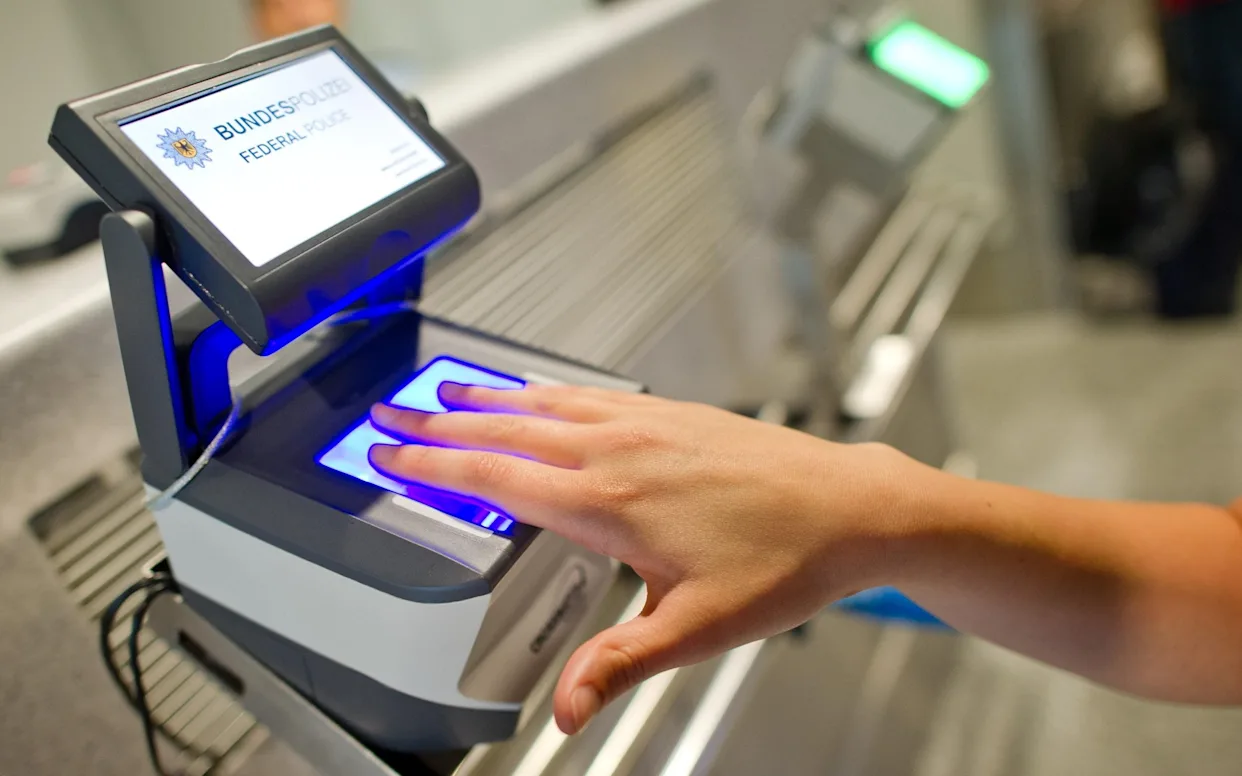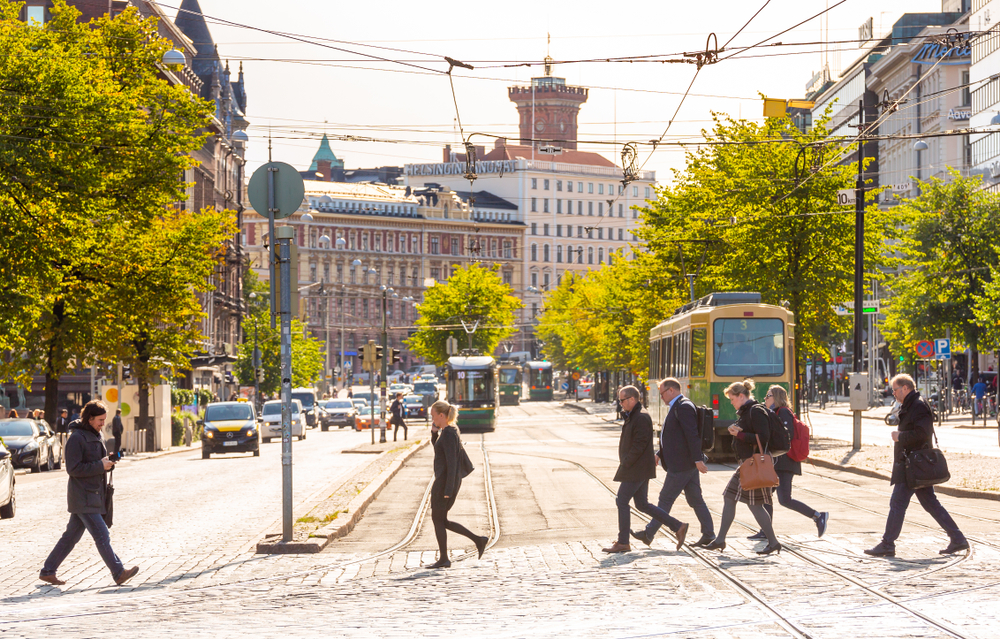Many European borders have replaced passport stamps with fingerprint scanning for security and efficiency.

Travelers crossing certain European borders will notice a distinct change: the traditional passport stamp is often replaced by biometric fingerprint scanning. This shift reflects broader efforts to enhance border security and streamline immigration procedures. By using fingerprint identification, countries aim to verify identities more accurately while reducing paperwork and wait times. Understanding where and how these biometric checks occur is essential for preparing smooth and hassle-free journeys across Europe.
1. The Schengen Area internal borders prioritize fingerprint checks over passport stamps.

The Schengen Area’s internal borders have adopted fingerprint checks as a key security measure. Instead of collecting passport stamps, countries within this zone utilize biometric scanning to authenticate travelers’ identities. This innovation streamlines movement among member states, ensuring swift and accurate verification.
Travel through the Schengen countries now often means offering fingerprints for entry or exit. This system enhances security while reducing the need for traditional paper-based stamps. As you journey across these nations, prepare for such biometric procedures, designed to facilitate seamless cross-border transit.
2. Crossing from Spain to France involves biometric scanning without traditional stamps.

A journey from Spain to France typically includes biometric scanning, replacing the need for traditional passport stamps. At this border, both countries align on fingerprint technology to safeguard and simplify crossings. Travelers experience faster and more reliable identity checks with this system.
While traditional stamps have symbolic value, the switch to fingerprints reflects modern technological priorities. This shift is part of a broader European effort to increase efficiency and security. Familiarize yourself with this procedure to ensure smooth travel between these neighboring nations.
3. The Germany to Austria border employs fingerprint identification for smoother entry.

When crossing the border from Germany to Austria, fingerprint identification plays a crucial role. This method simplifies the process, bypassing the need for traditional passport stamps while securely verifying identities. The transition to this biometric system offers a more straightforward entry into Austria.
Emphasizing speed and safety, fingerprint recognition has become standard here. Travelers benefit from reduced waiting times and minimized paperwork at this busy crossing. Understanding this practice aids in planning your journey across the border, aligning expectations with the current regulations.
4. Italy and Switzerland border checkpoints use fingerprints in place of ink stamps.

It’s common for travelers at the Italy-Switzerland border to encounter fingerprint checks instead of ink stamps. Engineered for heightened security and efficiency, this biometric approach confirms identities swiftly. As stamps become less common, fingerprint data ensures a seamless passage between these picturesque nations.
Transitioning to digital records signifies a shift in how borders manage movement. This change supports quick, safe travel while maintaining privacy. While ink stamps can evoke nostalgia, embracing new technologies like these aligns with evolving border control measures.
5. Belgium and the Netherlands share a border with biometric fingerprint controls.

Belgium and the Netherlands have implemented biometric fingerprint controls at their shared border. Eschewing passport stamps, they now rely on fingerprints for enhanced identity verification. This border technology emphasizes accurate security without increasing travel document burdens.
Travelers moving between Belgium and the Netherlands experience smoother, faster checks with reduced chances of error. This technological initiative represents an effort to modernize border controls. It highlights an ongoing commitment to secure yet accessible travel experiences in the region.
6. The Denmark to Sweden crossing features fingerprint scans for easier movement.

The Denmark to Sweden crossing epitomizes ease with fingerprint scans in place of passport stamps. Designed to foster uninterrupted movement, this biometric feature provides reliable identity confirmation. Cross-border travelers appreciate these streamlined checks, which save time and stress.
As part of broader efforts, the biometric system underscores a commitment to security and efficiency without sacrificing convenience. Its implementation alleviates the burdens of traditional documentation processes. As these Nordic neighbors adapt, this method reflects a modern perspective on border management.
7. Fingerprint recognition is standard at the Greece to Bulgaria land border.

For those traversing the land border from Greece into Bulgaria, fingerprint recognition is standard. Instead of receiving passport stamps, travelers present fingerprints for identity verification. This system ensures accurate processing while reducing logistical hassles at busy checkpoints.
By prioritizing biometric technology, Greece and Bulgaria move towards more secure border interactions. The shift to fingerprints underscores an emphasis on efficiency and contemporary security practices. Adapting to this process can help manage expectations when approaching this crossing.
8. Latvia to Estonia border crossings utilize fingerprints instead of stamping passports.

Crossing from Latvia to Estonia now involves fingerprint scanning rather than stamping passports. The switch to biometric verification enhances both nations’ border security, allowing for quicker identity checks. This modern approach benefits frequent travelers aiming for efficient border experiences.
This procedure has become routine, reflecting the ongoing trend towards technologically-driven border management. As these Baltic neighbors embrace change, expecting fingerprint checks facilitates smoother journeys. Modern travelers find this approach currently aligns with cross-border dynamics in this region.
9. Finland and Norway borders include fingerprint checks to reduce paperwork hassles.

Borders between Finland and Norway incorporate fingerprint checks, minimizing the need for passport stamps. This evolving system reduces paperwork while ensuring efficient security measures. By employing biometric technology, these nations offer reliable identity confirmation with minimal disruption to travel plans.
The experience of traveling between these Northern European neighbors has become simpler, echoing widespread technological adaptations. In prioritizing fingerprint scanning, both countries embrace intelligent border solutions. Offering predictable, streamlined travel, these processes cater to modern travelers’ needs.
10. Croatia’s borders with Hungary use fingerprint technology rather than passport stamps.

Croatia’s borders with Hungary have adopted fingerprint technology, replacing traditional passport stamps. This change focuses on precise and efficient traveler verification. The use of biometric data modernizes the entry process, reflecting shared goals for security and convenience.
As these two countries harness digital solutions, border crossing becomes smoother and less reliant on physical documentation. Travelers approaching these checkpoints can expect a swift and reliable procedure, ensuring hassle-free experiences. This approach aligns with broader regional trends toward innovative border management.
